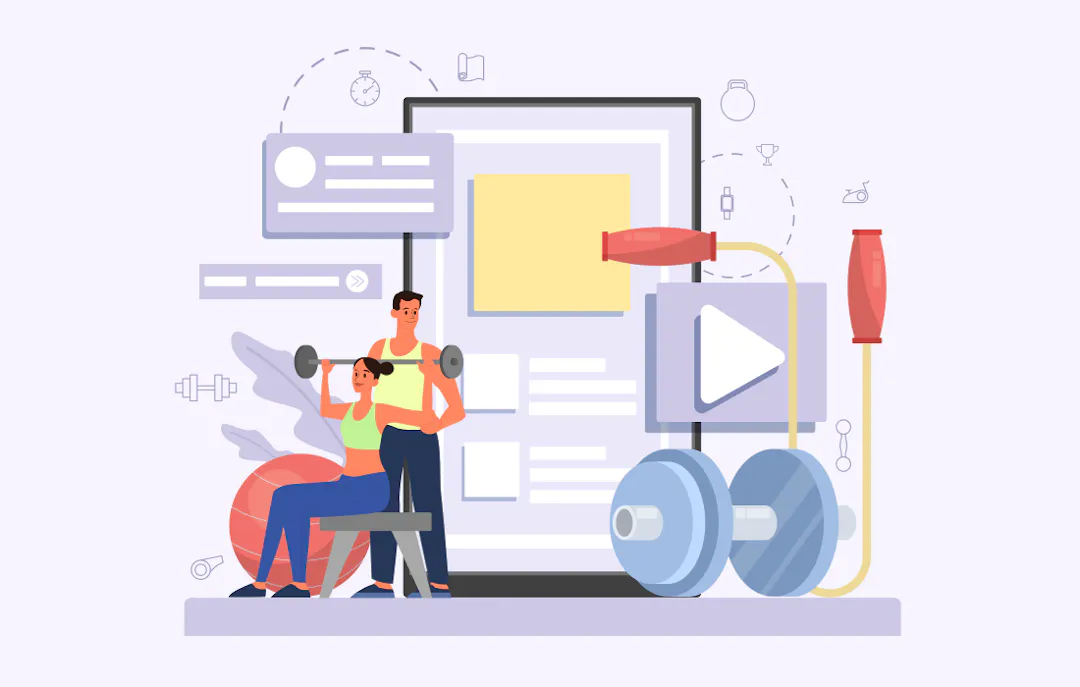What is a Service Level Agreement (SLA)?
In today’s fast-paced business environment, ensuring the smooth functioning of operations and maintaining high customer satisfaction levels are crucial for the success of any organization. One important tool that helps achieve these goals is a Service Level Agreement (SLA). An SLA is a contract between a service provider and a customer that defines the agreed-upon level of service delivery and outlines the responsibilities and expectations of both parties.
An SLA typically includes specific metrics and targets that need to be met, such as response time, resolution time, uptime, and performance benchmarks. It also outlines the consequences for failing to meet these targets, which can range from financial penalties to termination of the contract. By clearly defining the expectations and obligations of both parties, an SLA provides a solid foundation for a mutually beneficial business relationship.
Why is an SLA important in today’s business environment?
Organizations must set themselves apart in the fiercely competitive business world of today by offering superior customer service. An SLA plays a crucial role in achieving this goal by setting clear expectations and holding service providers accountable for meeting them. It helps establish trust and transparency between the service provider and the customer, ensuring that both parties are on the same page.
An SLA also helps manage customer expectations by clearly defining the level of service that will be provided. This is especially important in today’s digital age, where customers have come to expect instant gratification and swift resolution of any issues they encounter. By having a well-defined SLA in place, organizations can ensure that they can meet these heightened customer expectations and deliver a consistently high level of service.
Benefits of having a well-defined SLA
Having a well-defined SLA brings numerous benefits to both the service provider and the customer. For the service provider, it helps improve operational efficiency by providing clear guidelines and benchmarks to strive for. This enables them to streamline their processes and allocate resources effectively, ensuring that they can deliver the agreed-upon level of service consistently.
From the customer’s perspective, a well-defined SLA provides peace of mind and assurance that their needs will be met. It gives them confidence in the service provider’s capabilities and acts as a benchmark against which they can measure the service they receive. This helps build trust and loyalty, leading to long-term customer relationships and positive word-of-mouth referrals.
Key components of an SLA
An effective SLA should include several key components to ensure clarity and comprehensiveness. These components include:
- Service description: This section outlines the specific services that will be provided, including the scope, limitations, and exclusions.
- Service levels: This section defines the specific metrics and targets that need to be met, such as response time, resolution time, uptime, and performance benchmarks.
- Responsibilities: This section outlines the responsibilities and obligations of both the service provider and the customer, including the provision of necessary resources and cooperation.
- Escalation procedures: This section defines the process for escalating issues and resolving disputes, ensuring a clear path for problem resolution.
- Performance reporting: This section outlines how performance will be measured and reported, ensuring transparency and accountability.
- Penalties and remedies: This section defines the consequences for failing to meet the agreed-upon service levels, including financial penalties or termination of the contract.
By including these key components, an SLA becomes a comprehensive and effective tool for managing the service relationship between the service provider and the customer.
How to create an effective SLA
Creating an effective SLA requires careful planning and consideration. Here are some steps to follow:
- Identify the objectives: Clearly define the objectives of the SLA, including the desired level of service and the specific metrics that need to be measured.
- Involve all stakeholders: Ensure that all relevant stakeholders are involved in the creation of the SLA, including representatives from both the service provider and the customer.
- Define the scope: Clearly define the scope of the SLA, including the services that will be covered and any exclusions or limitations.
- Agree on metrics and targets: Define the specific metrics and targets that will be used to measure performance, ensuring that they are realistic and achievable.
- Outline responsibilities: Clearly outline the responsibilities and obligations of both parties, ensuring that each party understands their role in the service relationship.
- Establish reporting and review mechanisms: Define how performance will be measured and reported, as well as how the SLA will be reviewed and updated over time.
By following these steps, organizations can create an SLA that is tailored to their specific needs and ensures a mutually beneficial service relationship.
Common challenges in implementing and managing SLAs
While SLAs offer numerous benefits, implementing and managing them can come with its own set of challenges. Some common challenges include:
- Lack of clarity: SLAs need to be clearly defined and understood by all parties involved. Conflicts and misunderstandings can result from unclear communication.
- Changing business requirements: Business requirements can change over time, requiring SLAs to be regularly reviewed and updated to ensure they remain relevant.
- Limited resources: Meeting the targets outlined in an SLA requires sufficient resources. Limited resources can make it challenging to consistently meet the agreed-upon service levels.
- Lack of communication: Effective communication is crucial for successful SLA implementation. Lack of communication can lead to missed targets and dissatisfaction.
- Monitoring and reporting: Monitoring and reporting on performance can be resource-intensive. Without proper monitoring and reporting mechanisms in place, it can be difficult to identify and address any deviations from the agreed-upon service levels.
By being aware of these challenges and proactively addressing them, organizations can ensure the successful implementation and management of their SLAs.
SLA best practices
To maximize the effectiveness of SLAs, organizations should follow some best practices:
- Regular review and update: SLAs should be regularly reviewed and updated to ensure they remain aligned with changing business requirements and customer expectations.
- Clear communication: Effective communication is key to successful SLA implementation. Communicate with all parties involved regularly to make sure that everyone agrees.
- Monitoring and reporting on performance: Establish effective reporting and monitoring systems to measure performance against SLA targets and pinpoint any areas in need of improvement.
- Collaborative approach: Foster a collaborative approach between the service provider and the customer, encouraging open dialogue and cooperation.
- Continuous improvement: Continuously strive for improvement by analyzing SLA performance, identifying areas for enhancement, and implementing corrective measures.
By following these best practices, organizations can ensure that their SLAs are effective and contribute to the overall success of their business.
SLA examples in different industries
SLAs are widely used across various industries to ensure the delivery of quality services. Here are some examples:
- IT services: In the IT industry, SLAs are commonly used to define the level of support and response times for resolving technical issues.
- Telecommunications: Telecommunication service providers often have SLAs in place to ensure network uptime and response times for customer inquiries.
- Outsourcing: When organizations outsource certain business processes, SLAs are used to define the level of service expected from the outsourcing provider.
- Healthcare: In the healthcare industry, SLAs are used to define the response times and resolution times for medical equipment maintenance and support.
These are just a few examples of how SLAs are utilized in different industries to ensure the delivery of high-quality services to customers.
Tools and software for managing SLAs
Managing SLAs effectively requires the right tools and software. Here are some popular options:
- Service management software: Service management software provides a centralized platform for managing SLAs, including performance monitoring, reporting, and escalation management.
- Ticketing systems: Ticketing systems help track and manage customer requests and issues, ensuring that SLA targets are met.
- Monitoring tools: Monitoring tools help track system performance and identify any deviations from the agreed-upon service levels, enabling proactive problem resolution.
- Collaboration platforms: Collaboration platforms facilitate communication and cooperation between the service provider and the customer, ensuring a collaborative approach to SLA management.
By leveraging these tools and software, organizations can streamline their SLA management processes and ensure the successful implementation of their SLAs.
Conclusion: The future of SLAs in business
In today’s business environment, where customer expectations are constantly evolving, SLAs play a crucial role in ensuring the delivery of high-quality services. By clearly defining the expectations and responsibilities of both the service provider and the customer, an SLA helps establish trust, transparency, and accountability.
As technology continues to advance and customer expectations continue to rise, SLAs will become even more important in driving business success. Organizations that prioritize the creation and management of effective SLAs will be better positioned to meet customer demands, differentiate themselves from the competition, and build long-lasting customer relationships.
As a business owner or manager, it is essential to recognize the importance of SLAs and invest the necessary time and resources in creating and managing them effectively. By doing so, you can ensure that your organization remains competitive in today’s rapidly changing business landscape.




